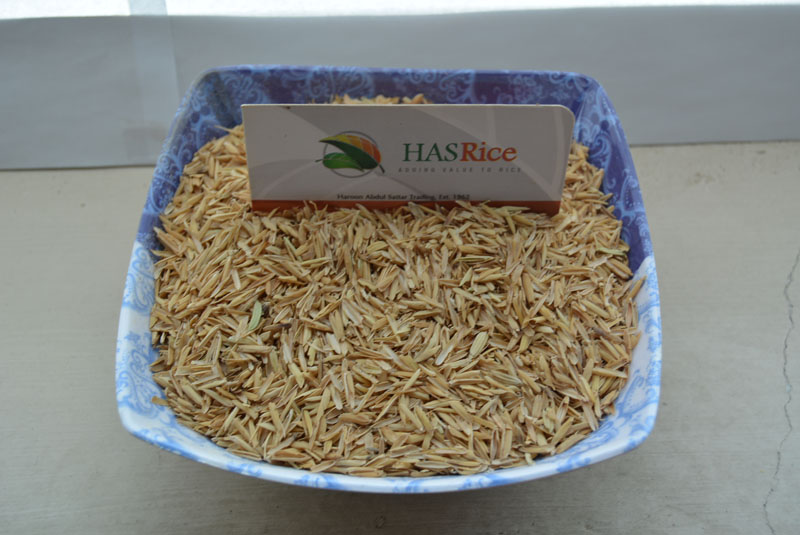Pakistan Rice Husk Whole
Rice hulls (or rice husks) are the hard protecting coverings of grains of rice. In addition to protecting rice during the growing season, rice hulls can be put to use as building material, fertilizer, insulation material, or fuel.
Common products from rice husk are: solid fuel (i.e., loose form, briquettes, and pellets), carbonized rice husk produced after burning, and the remaining rice husk ash after combustion.
Rice husk in its loose form is mostly used for energy production, such as combustion and gasification. Combustion is the process of burning carbon in the rice husk, which emits CO2 and generates heat energy for further use. One of the most efficient uses of this by-product is its direct combustion without the need for a heat exchanger with a proper furnace to generate heat for drying paddy. Gasification is the process of converting rice husk to synthesis gas (syngas) in a gasifier reactor with a controlled amount of air. Syngas can be used as fuel for drying and cooking or in a cogeneration system to produce electricity.
Characteristics of the rice husk
Produced during rice milling, the rice husk is already dried and accumulated at the factory. The specific weight of uncompressed rice husk is about 100 kg/m3. Average properties of rice husk in proximate analysis a and ultimate analysis b are shown in Tables 1 and 2, respectively, according to various research on the rice husk by Beagle (1978), Jeng et al. (2012), and Jenkins (1998).


Request a Quotation
Please contact us directly to discuss your needs. We are happy to go into more details.
